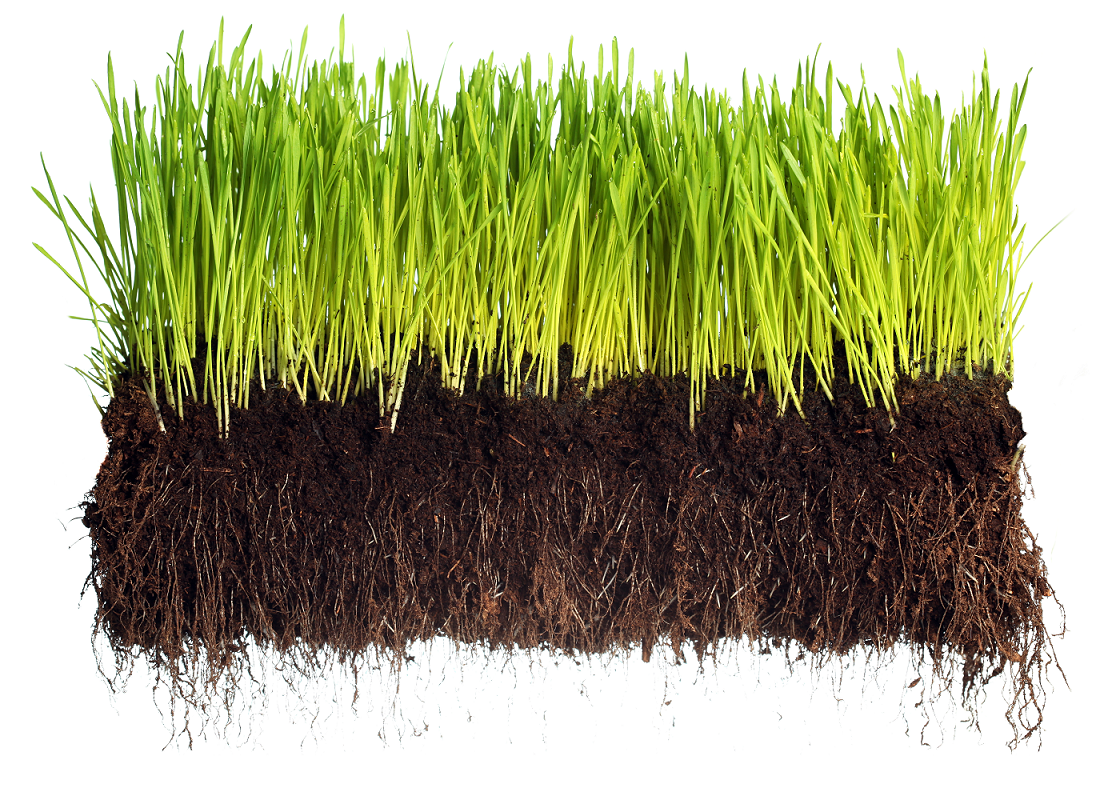Managing turfgrass for golf courses requires covering a range of factors. It takes more than just a good irrigation system to keep turfgrass looking good. You want to ensure that your grass stands up to heavy foot traffic while also looking good and being relatively easy to manage. Read on to see our basic steps!
Seed Selection
To get a successful start, pay close attention to what grass seed gets selected. Some research should be conducted to determine the best grass species and cultivars for your particular project, location, and budget. Once these decisions have been made, it is important to decide on a quality source of seed with a high germination percentage and low amount of weed and undesirable grass seed level. Special attention to the testing date can be a determining factor between success and failure.
Site Preparation
Once seed is selected, prepare the site properly. Seed to soil contact is critical for good germination and survival and can be achieved in several ways including aeration, slit or drill seeding, and the removal of organic matting (thatch). The roles of oxygen, soil temperature and water are also crucial. Without consistency in these environmental factors, turf quality will be compromised. Warmer soil temperatures are required for seed germination and oxygen is vital as the seed leaf and root emerge.

Watering
Water is key in the seeding process, assisting with seed expansion, germination, and seedling survival. Without a consistent source of water young plants will rapidly desiccate and die. Conversely, overly watered or saturated seed beds will be depleted of oxygen. Over-watered juvenile plants will be at risk for seed rot and water borne diseases, which can result in total plant mortality.
Superintendents often irrigate new seeds multiple times throughout the day to keep sown areas damp enough to keep seedlings properly moistened without causing flooding and runoff. This can be a delicate balance to obtain, and running irrigation systems can sometimes get in the way of golfers using the greens! Hand watering can be less intrusive, but is very labor intensive – something you want to avoid at all costs! Rain is an inconsistent solution. So, what should a superintendent or manager do instead?
Soil Amendments
Soil amendments, such as CytoGro, can give seeds and seedlings the boost they need to survive and become established. They can provide additional nutrients to help plants and roots grow deeper, or alter unfavorable soil conditions. Hydretain will cover the gaps between watering or irrigation by condensing evaporation in the soil back to plant usable liquid water. This means that superintendents can water less frequently and not worry about damage to turf. In both university studies and field data, Hydretain has shortened the duration to germination by a few days to more than a week. Hydretain can act as an insurance policy for new seedlings, preventing expensive and time-consuming replacements in the seeding process.
Managing a healthy golf course requires knowledge of best practices and best tools. Hydretain will help to fill in gaps and ensure your watering and seeding go just as planned, regardless of weather, irrigation setbacks, or soil issues. Remember that Hydretain has been used successfully by numerous golf course managers, sports field managers, and municipalities to promote seed growth and ensure lush, green grass!

